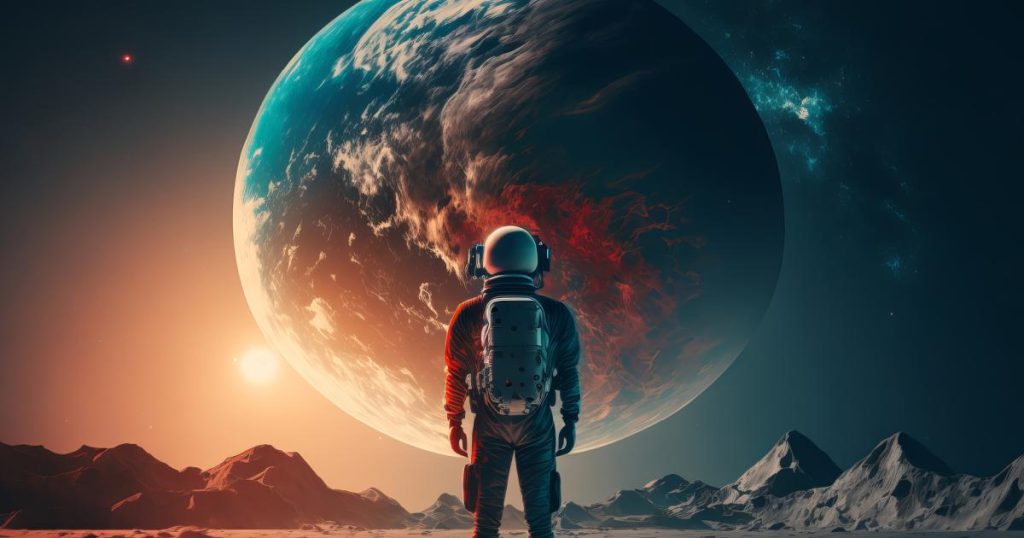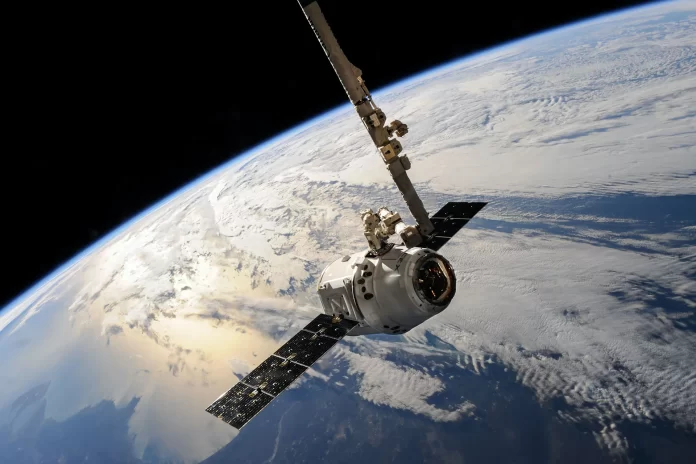Space Exploration Research – Future of Science and Technology
Highlights
- Space exploration has advanced science.
- Technological innovations from Space exploration boosting economies.
- Key historical events in space exploration.
- The future of space exploration and participation from private companies.
Space exploration has many advantages in science, technology, economics, motivation, and education. When we discover new planets and stars in space, we get new information. It changes our lifestyle and science. New technology also develops because of space exploration which brings an increase in economics. Moreover, when we see new achievements in space, we get inspiration. And it also gives us a new direction in education.

Its provides new direction in science and technology. When we explore deep into space, we get new information such as about planets, stars, and other celestial bodies. For example, the discovery of water on Mars created great buzz in the scientific community.
Space exploration is also important in technology. As such, tools and techniques created for space exploration can also be used on Earth. Also it has advantages in economics. Space travel plans create jobs and open up new technology that lead to business benefits.
Inspiration and education also come from space exploration. When we see that scientists of our country, such as Dr. We feel proud when K Sivan (former ISRO chairman) has made such an important discovery in space. And students also start getting interested in science and technology.
Thus, space exploration gives us many benefits which are seen in every area of our lives. Its history is very exciting. For the first time in 1957, the Soviet Union launched the first artificial satellite called Sputnik-1. Subsequently, in 1961, Yuri Gagarin traveled into space representing humanity for the first time. And then in 1969, American astronauts Neil Armstrong and Buzz Aldrin laid the first human steps on the moon. These events provided new direction and inspiration in the field. The history of space exploration can be seen as particularly important milestones in science and technology.
The launch of Sputnik-1 in 1957 marked the first artificial satellite in space. This led to the beginning of space competition all over the world, in which the US and the Soviet Union became the main rivals.
Yuri Gagarin’s space flight in 1961 showed humanity the possibility of going into space for the first time. This event is still counted among the important moments. In 1969, under NASA’s Apollo 11 mission, Neil Armstrong and Buzz Aldrin made history by landing on the moon. It is considered to be the greatest achievement of space world.
Thus, the historical events of space exploration show us that humanity has achieved amazing achievements with the help of its curiosity and technology. Its cost is very high, due to which many countries hesitate to invest in it. Also, the risk in going to space is also very high. Astronauts face life-threatening problems. And there are also technical challenges, such as developing new technology and ensuring safe travel in space.
Space exploration is a field that challenges the boundaries of science and technology, but the challenges involved are also enormous.
Speaking of cost, planning and execution of space missions can cost up to millions. As a result of this, most countries hesitate to invest directly in exploration. In terms of risk, there are countless likely associated risks associated with going into space. The lack of atmosphere in space, the effect of radiation and the effect of zero gravity can threaten the lives of astronauts.
The technical challenges are also huge. The design of spacecraft, the development of new technology and its safe launch, all require specialized knowledge and expertise.
Keeping all these challenges in mind, many scientists and space agencies have come together to develop new technologies and measures to make space travel even safer and more technologically enriching.
The future of space science includes many exciting plans and innovative technologies. New missions are being planned such as manned missions to Mars. New technologies are being developed that can make space travel simple and safe. Scientists and space organizations are looking for new ways to make life possible in space. And it is also being seen that private companies such as SpaceX and Blue Origin are playing a big role in space exploration, which is encouraging it even more.
There is a new wave of curiosity and hope in space exploration in the times to come. Various countries and institutions have planned human missions to Mars and other planets, including establishing human habitations on Mars. It is believed that in the next few decades we can establish a human presence on Mars.
New technologies include the development of ray-usable rockets, advanced propulsion systems and more efficient life support systems. These technological achievements will help reduce the cost of space travel and enhance human safety. The role of private companies is also deepening. SpaceX, Elon Musk’s company, has achieved many excels in space exploration, such as the reuse of Falcon and Starship rockets. Similarly, Jeff Bezos’s Blue Origin has also innovated in space tourism. These companies are working with government space agencies to expand the range of space and make it more available.

